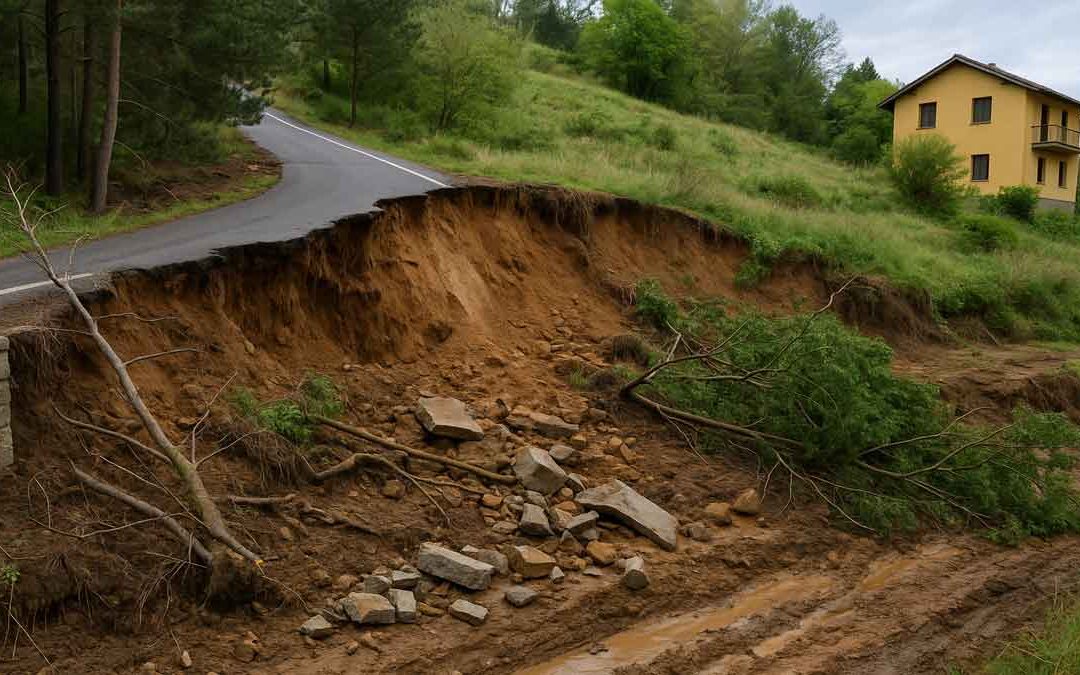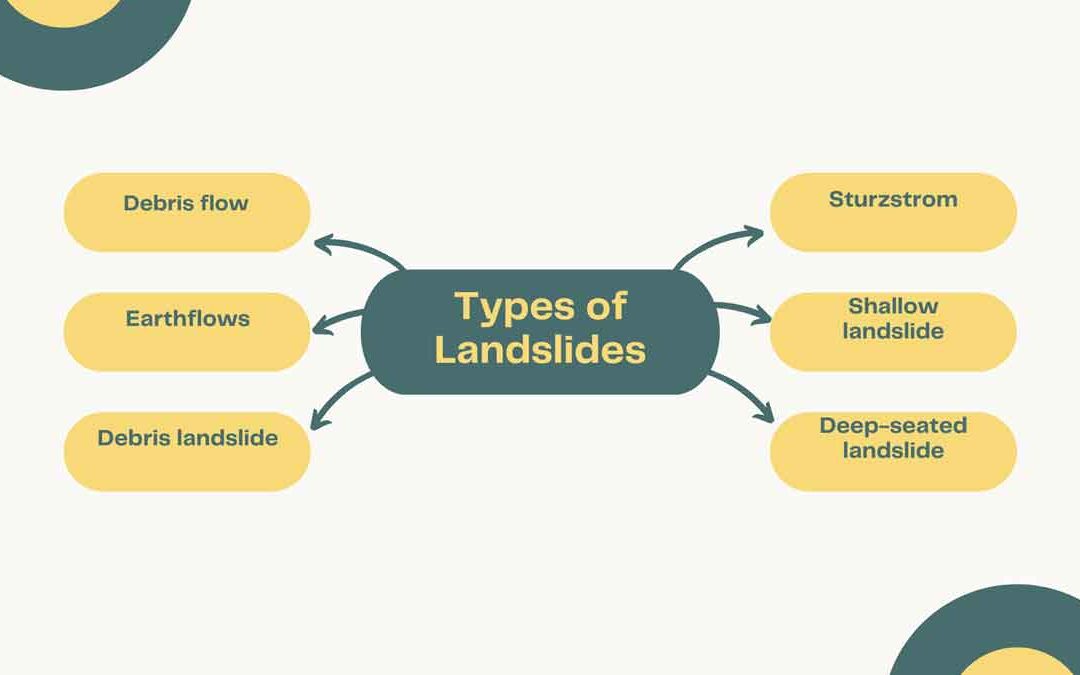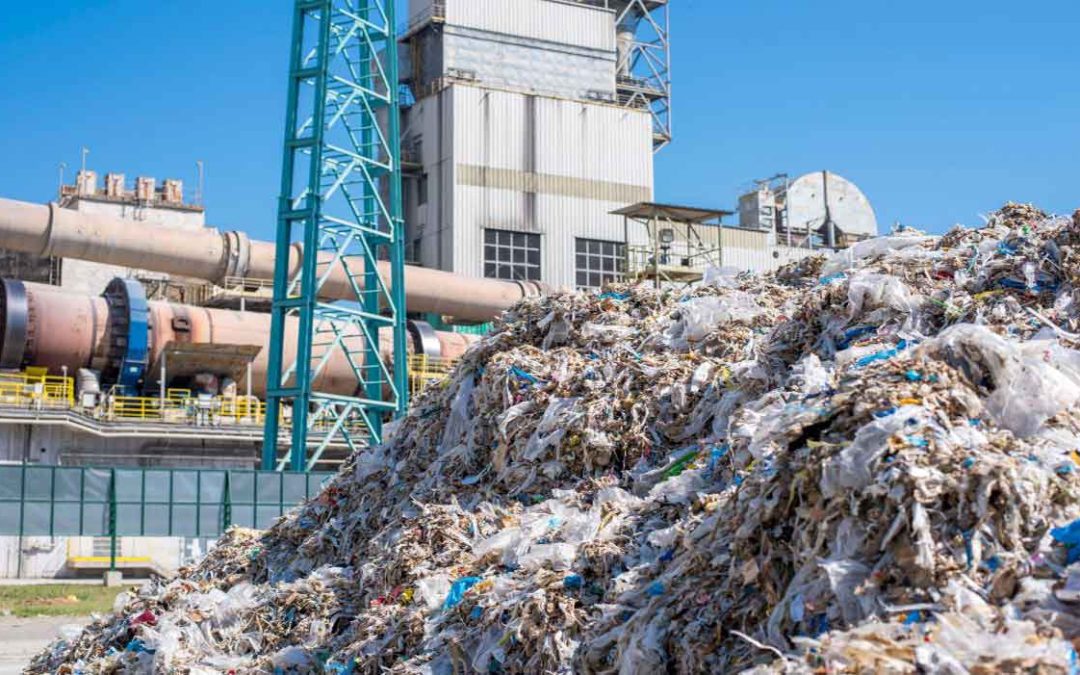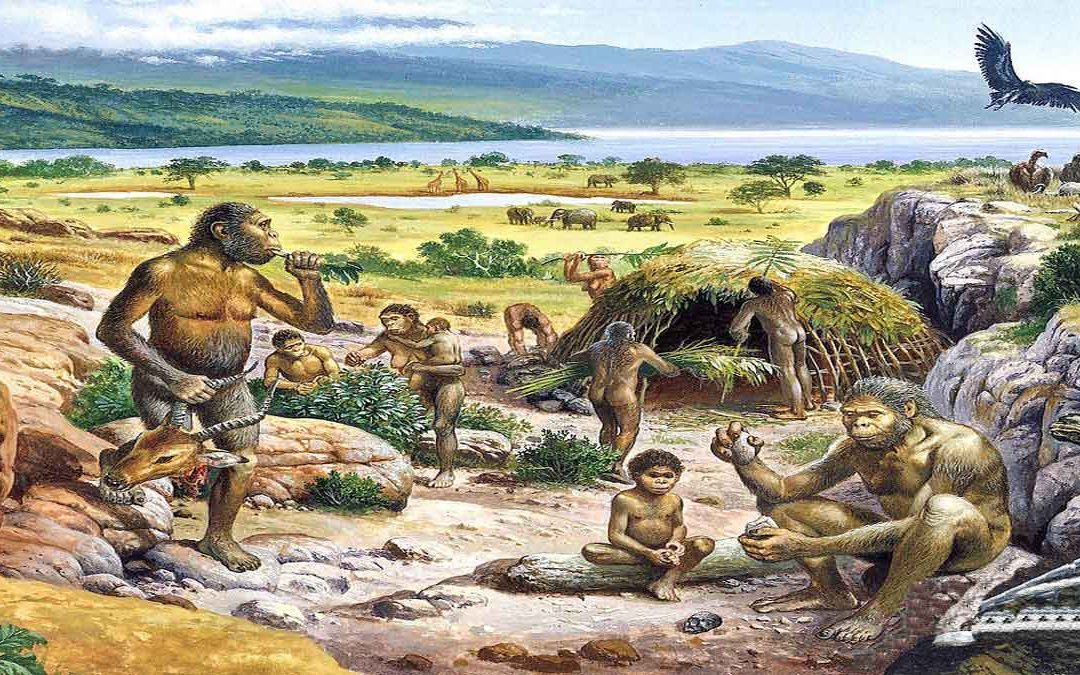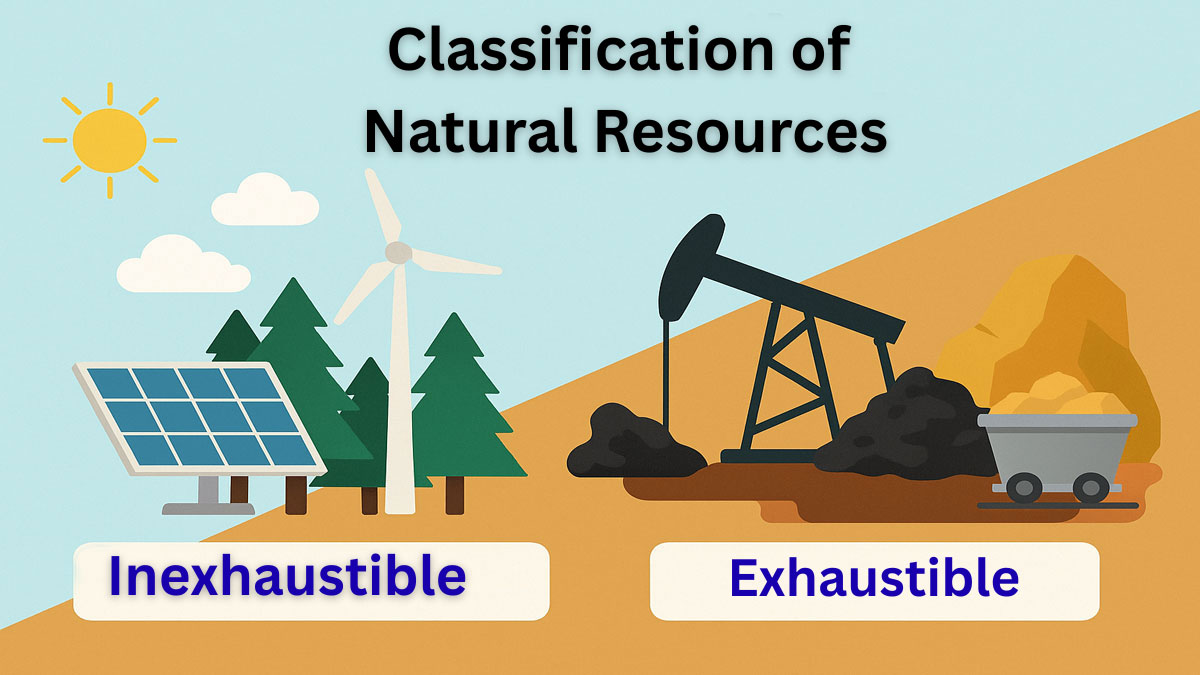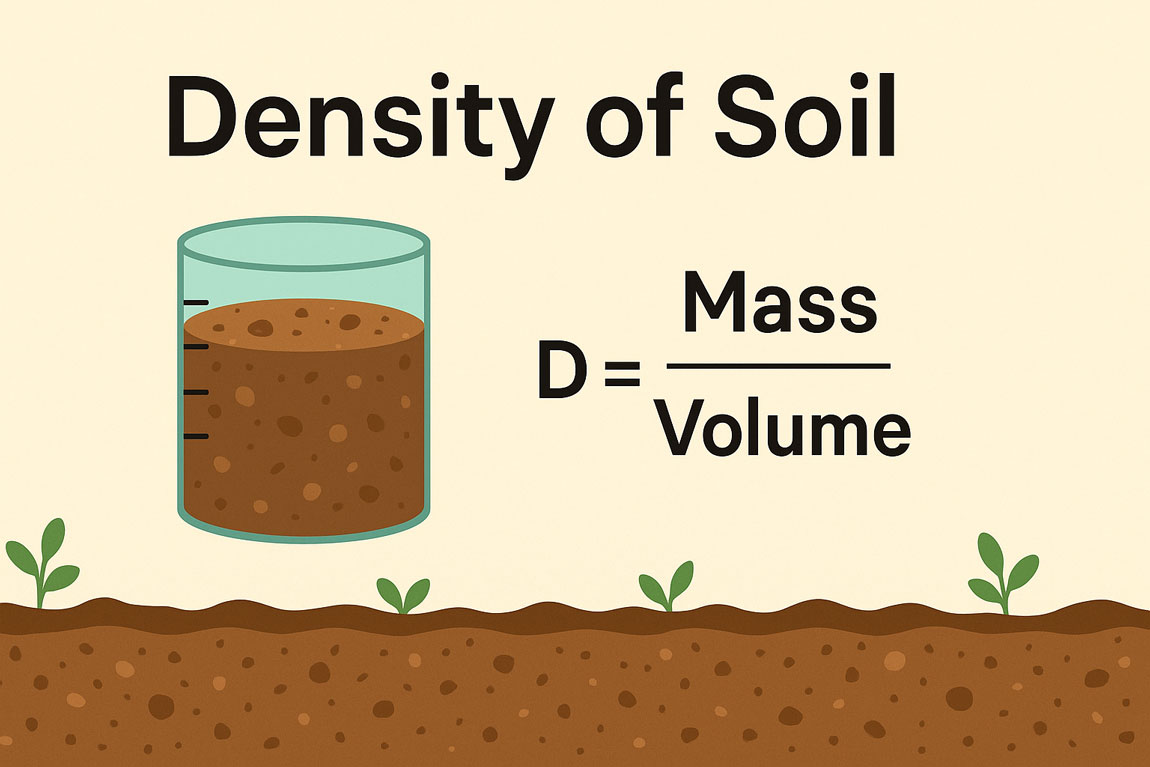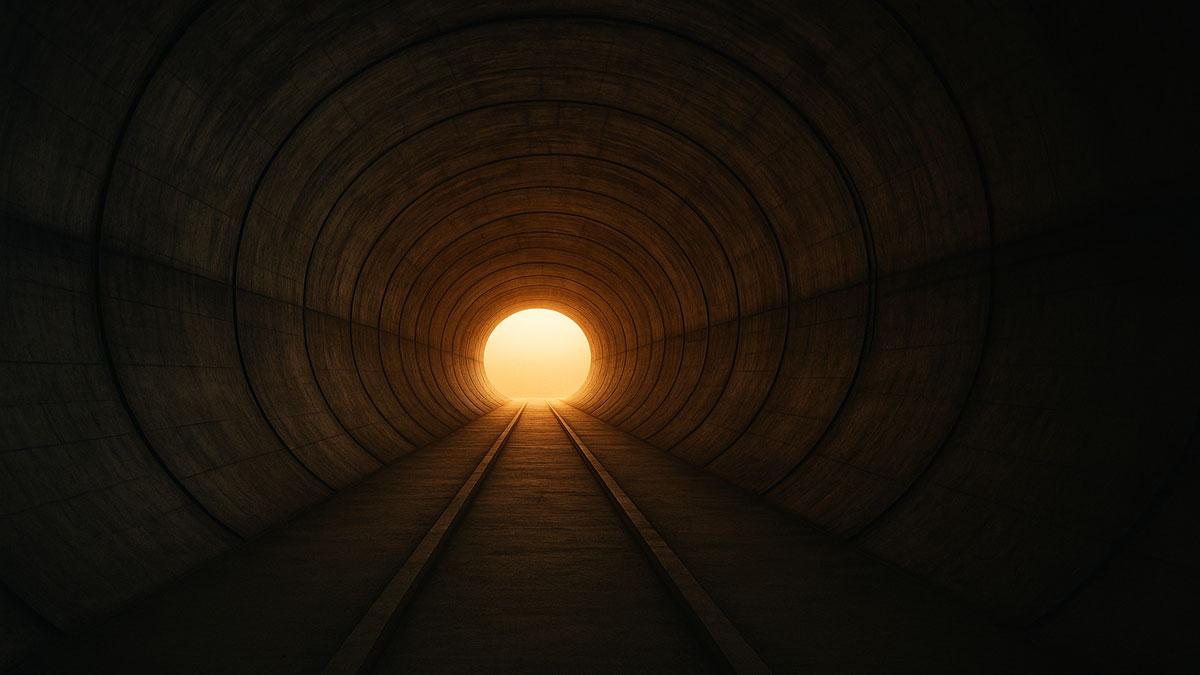
by Gelogia Team | May 19, 2025 | Physical Geology & Geomorphology
Landslides occur when the stability of the slope changes from a stable to an unstable condition. A change in the stability of a slope can be caused by a number of factors, acting together or alone. Various causes of landslides are given below. Causes of Landslides:...

by Gelogia Team | May 18, 2025 | Physical Geology & Geomorphology
Landslides are powerful natural events where soil, rock, and debris suddenly move downhill. They can be slow or dangerously fast, triggered by rain, earthquakes, or human activity. In this post, we’ll explore the different types of landslides from destructive debris...

by Gelogia Team | May 17, 2025 | Physical Geology & Geomorphology
The O&M of Waste-to-Energy (WTE) facilities requires special consideration and operator skills. WTE facilities are power plants that require combined expertise in the combustion of solid fuel and in the handling of corrosive flue gas. The O&M of WTE has to...

by Gelogia Team | May 13, 2025 | Physical Geology & Geomorphology
What is permafrost? Permafrost is a condition where a layer of soil, sediment, or rock below the ground surface remains frozen for a period greater than a year. Permafrost is not a necessary condition for creating periglacial landforms. However, many periglacial...

by Gelogia Team | May 12, 2025 | Physical Geology & Geomorphology
The Quaternary has some specific events that distinguish this period from the Tertiary, including significant climatic changes, alternating glacial and interglacial periods, fluctuations in sea levels, transformations in relief and landscapes, shifts in vegetation...
